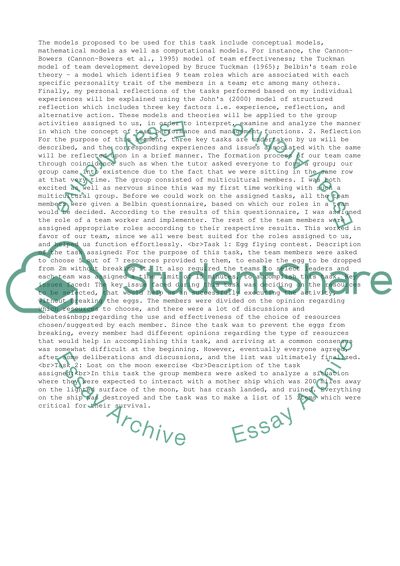Cite this document
(Effective Team and Performance Management Assignment, n.d.)
Effective Team and Performance Management Assignment. Retrieved from https://studentshare.org/management/1397019-effective-team-and-performance-managment
Effective Team and Performance Management Assignment. Retrieved from https://studentshare.org/management/1397019-effective-team-and-performance-managment
(Effective Team and Performance Management Assignment)
Effective Team and Performance Management Assignment. https://studentshare.org/management/1397019-effective-team-and-performance-managment.
Effective Team and Performance Management Assignment. https://studentshare.org/management/1397019-effective-team-and-performance-managment.
“Effective Team and Performance Management Assignment”, n.d. https://studentshare.org/management/1397019-effective-team-and-performance-managment.


